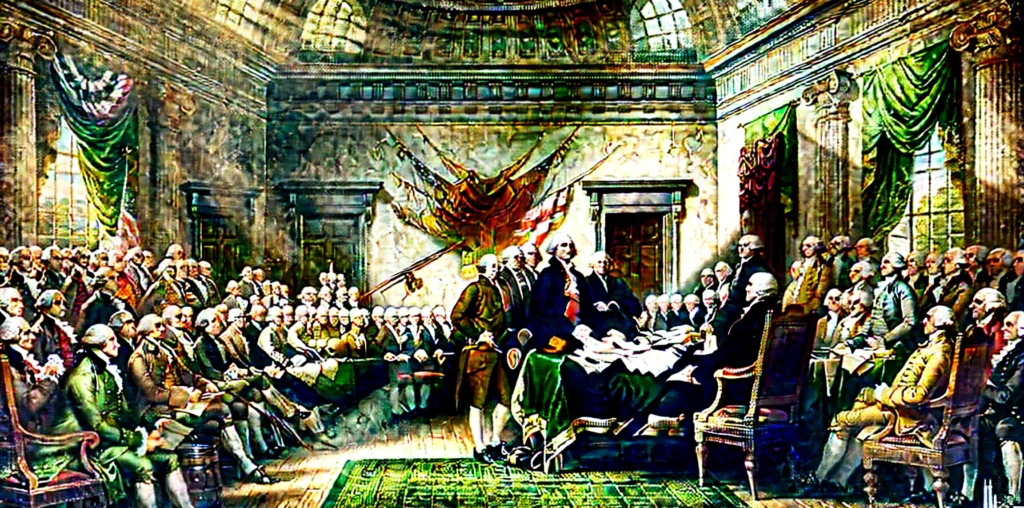Background
Following the American Revolution, the newly independent United States faced the challenge of forming a stable government. The Articles of Confederation, the nation’s first governing document, had proven inadequate, leading to the drafting and ratification of the U.S. Constitution in 1787. The new Constitution established a democratic system of government with a powerful but limited executive branch. To balance power between large and small states, the Electoral College was introduced. Instead of a direct popular vote, each state appointed electors who cast votes for the presidency, ensuring that all states, regardless of population, had influence in the election outcome.
What Happened
On February 4, 1789, the first U.S. presidential election was conducted under the new Constitution. Each of the 10 participating states appointed electors to vote for the nation’s leader. Since political parties had not yet formed, electors cast two votes each, with the candidate receiving the majority of votes becoming president and the runner-up becoming vice president.
George Washington, already revered as the commander of the Continental Army and a key figure in the Constitutional Convention, was the clear favorite. He was unanimously elected by all 69 electors, making him the first and only president in U.S. history to receive 100% of the Electoral College vote. John Adams, a respected diplomat and Founding Father, finished second, making him the first Vice President of the United States.
The election results were formally announced in April 1789, and Washington traveled from his Virginia estate to the nation’s temporary capital, New York City. On April 30, 1789, he took the oath of office at Federal Hall on Wall Street, delivering the first-ever inaugural address and setting precedents for future presidents.
Impact for the Future
This first election established a model for peaceful democratic transitions of power and introduced the Electoral College, which continues to be a defining feature of U.S. presidential elections. Washington’s presidency set numerous precedents, including the formation of a presidential cabinet, the two-term tradition, and a focus on national unity. His emphasis on neutrality in foreign affairs and limited executive power shaped the expectations of future leaders.

